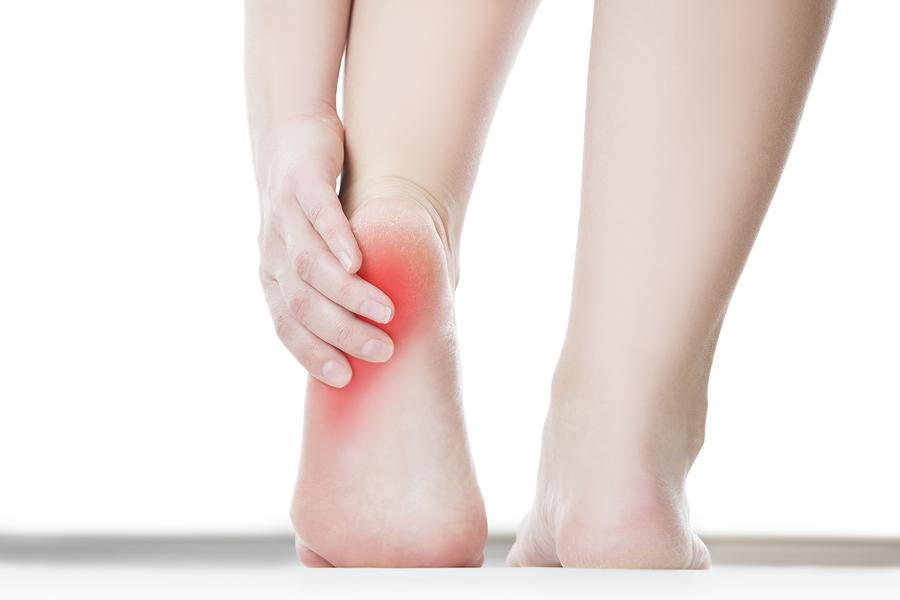Find out how to get your heel pain under control.
It’s amazing how quickly heel pain can affect your daily activities. Maybe you were all set to put on those running shoes to enjoy the great weather or you thought you could easily leave the car at home and get some errands done on foot. Of course, if heel pain is happening to you the first thing you want to do is get to the bottom of this issue as soon as possible. Our Alexandria and Sterling, VA, podiatrists, Dr. Richard Lee and Dr. Steven Lin, are here to tell you more about heel pain.
weather or you thought you could easily leave the car at home and get some errands done on foot. Of course, if heel pain is happening to you the first thing you want to do is get to the bottom of this issue as soon as possible. Our Alexandria and Sterling, VA, podiatrists, Dr. Richard Lee and Dr. Steven Lin, are here to tell you more about heel pain.
What is causing my heel pain?
There are many reasons why you might be dealing with heel pain, which is why you should turn to a foot doctor in Alexandria and Sterling if you are dealing with heel pain that doesn’t go away or is severe. While the most common cause of heel pain is an inflammatory issue called plantar fasciitis, there are other reasons someone might be dealing with heel pain. Other causes of heel pain include:
- Achilles tendonitis
- A ruptured Achilles tendon
- Bursitis
- Heel spur
- Bone tumor
- Osteomyelitis
How can I treat my heel pain?
Unless the pain is severe, you have diabetes or a compromised immune system, or the pain doesn’t respond to rest and at-home care, you can easily manage your symptoms on your own. If we’ve told you that your heel pain is due to plantar fasciitis here are some common ways to manage your symptoms:
Ice: Don’t ignore the power of icing your heel. Whenever you are resting your feet it’s a good idea to place an ice pack on the heel (just make sure to wrap a washcloth around the ice pack before placing it onto your foot to prevent burns). You can also freeze a bottle of water and roll it along the arches of socked feet (which are often stiff and sore if you have plantar fasciitis). Ice the heel for about 10 to 15 minutes at a time, 2-3 times a day.
Stretching: It’s important to keep the ligaments, tendons, and muscles in the feet feeling limber and flexible. Stretching your feet every day can also help alleviate stiffness and discomfort while also training, rehabbing, and strengthening the soft tissue of the foot to maintain their normal and healthy range of motion.
Footwear: The shoes you wear can support your foot structure or it can negatively impact it. Your feet take on a lot of shock absorption every time you move, so you need the right shoes for the job. With plantar fasciitis, it’s even more important that you have shoes that provide enough support and cushioning for the heels and the arches. Don’t wear shoes that are old and worn out. For cases that don't respond to simple treatments, Extracorporeal Shock Wave Treatment (ESWT) may be needed.
If you are looking for foot and ankle specialists in Sterling and Alexandria, VA, to provide quality and comprehensive foot care to you or a family member, then you’ve come to the right place. Turn to the experts at Alexandria Family Podiatry today for the care you need.




